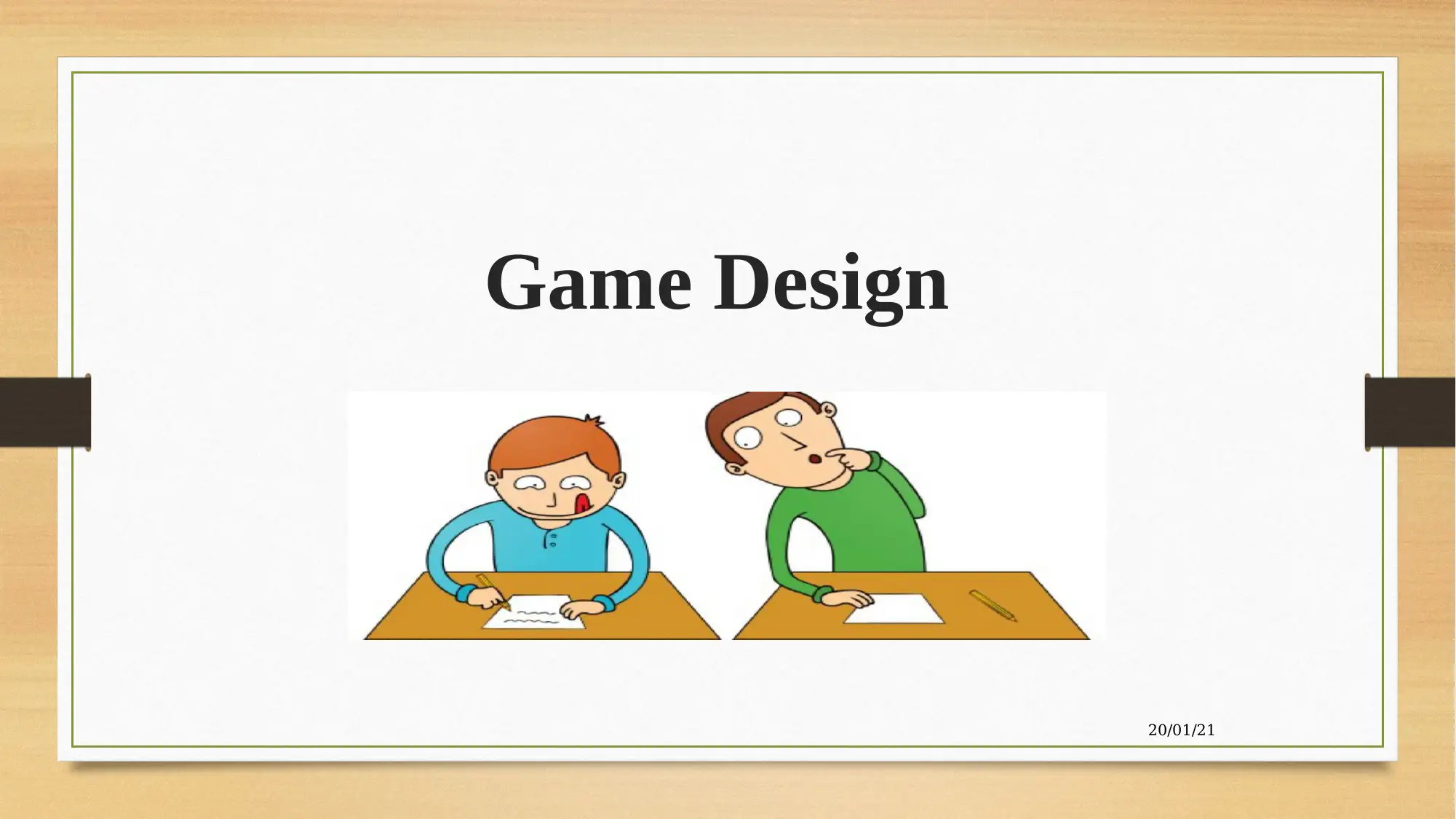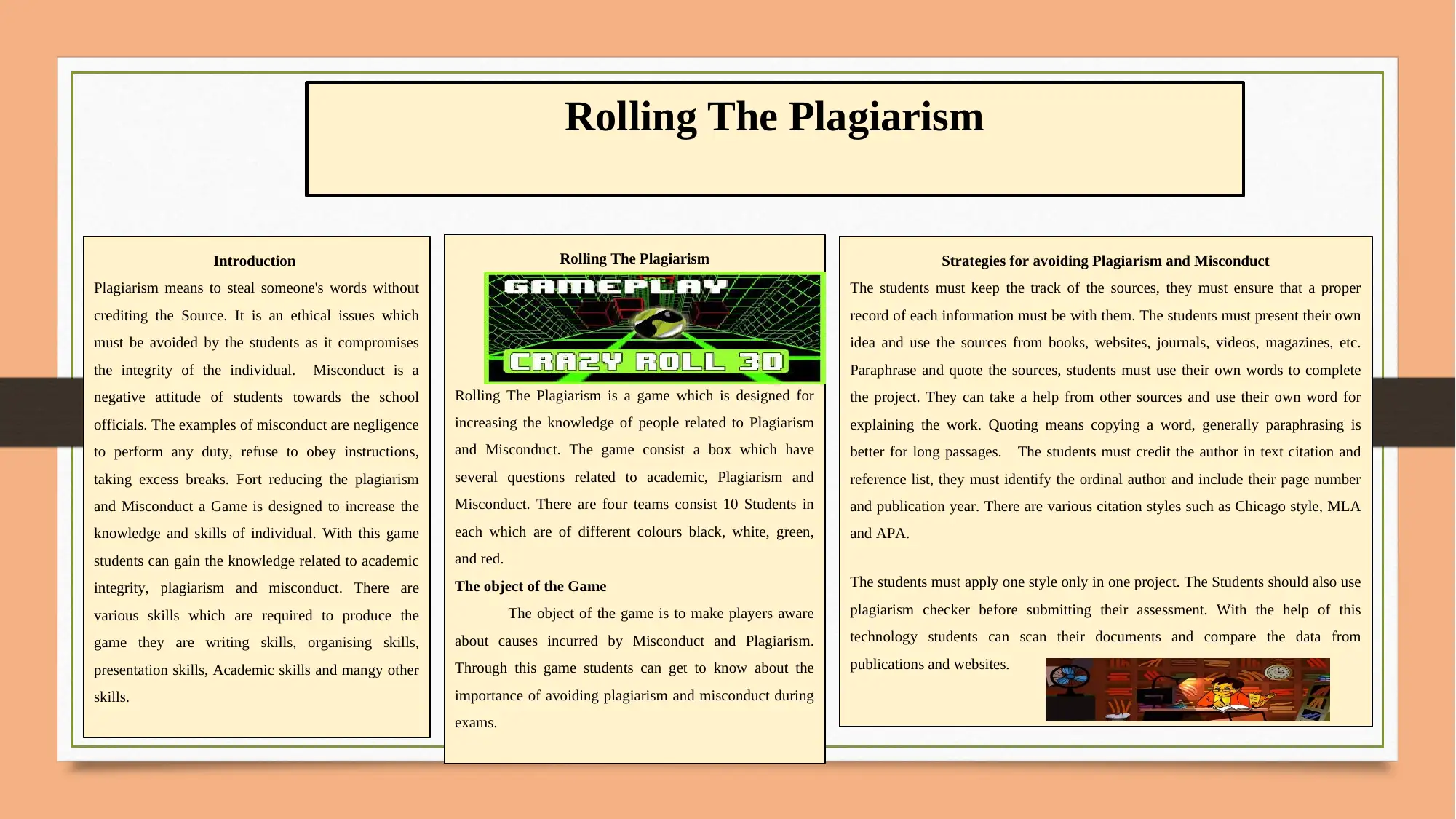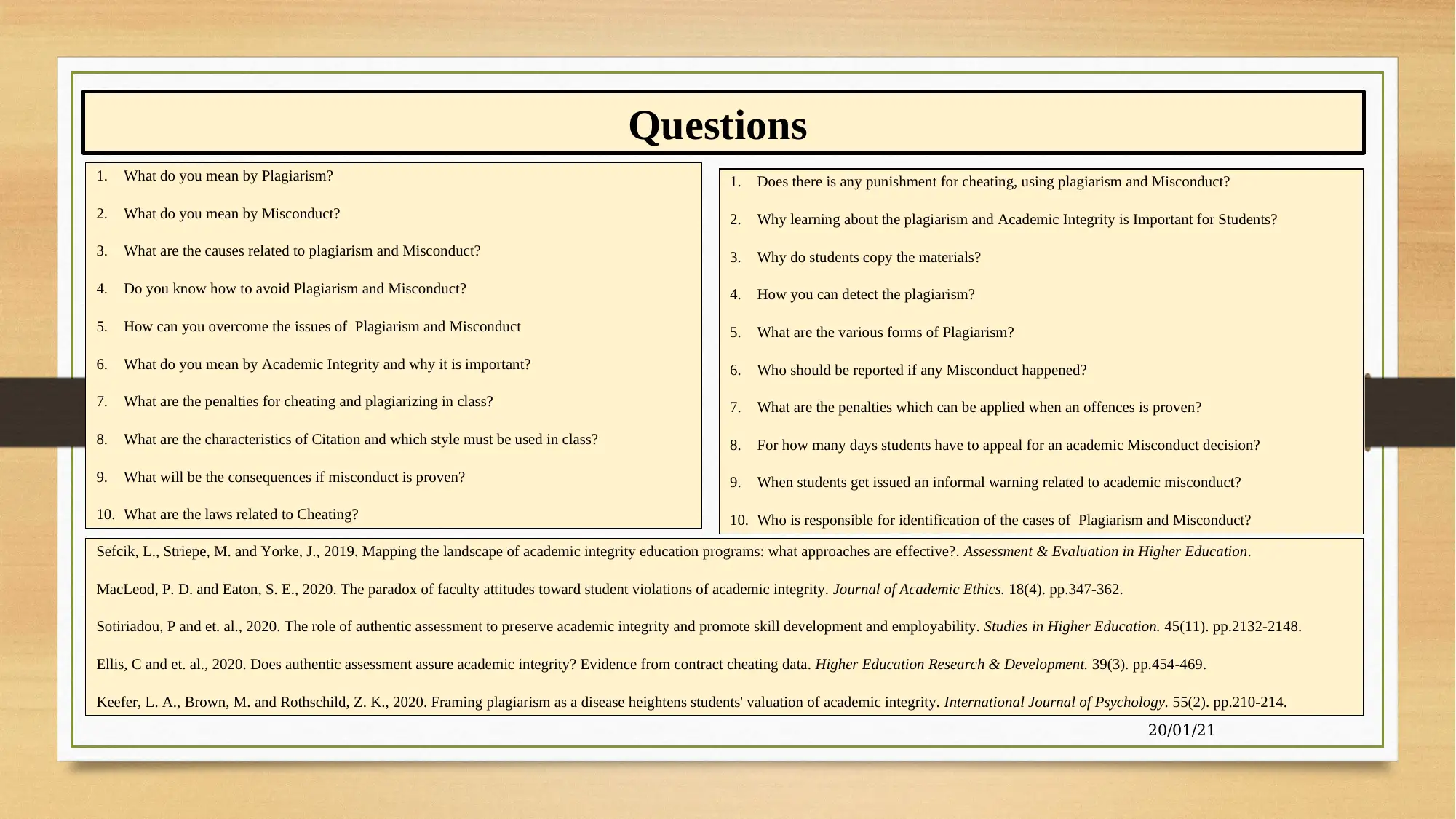Rolling the Plagiarism: A Game Design Project on Academic Integrity
VerifiedAdded on 2022/12/26
|3
|870
|100
Project
AI Summary
This document presents a game design project titled "Rolling the Plagiarism," created to educate students on plagiarism, misconduct, and academic integrity. The project includes an introduction defining plagiarism and misconduct, emphasizing the importance of proper source citation and avoiding unethical practices. The game's objective is to raise awareness about the consequences of plagiarism and misconduct, using interactive questions and scenarios to enhance students' understanding of academic integrity. The document outlines the game's structure, including teams, questions, and objectives, along with a list of relevant resources, such as academic articles and publications, that support the project's educational goals. The game aims to improve students' writing, organizational, presentation, and academic skills while promoting the importance of original work and ethical behavior in academic settings.
1 out of 3










![[object Object]](/_next/static/media/star-bottom.7253800d.svg)